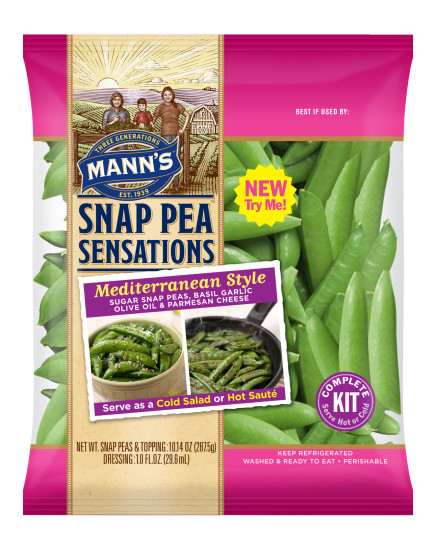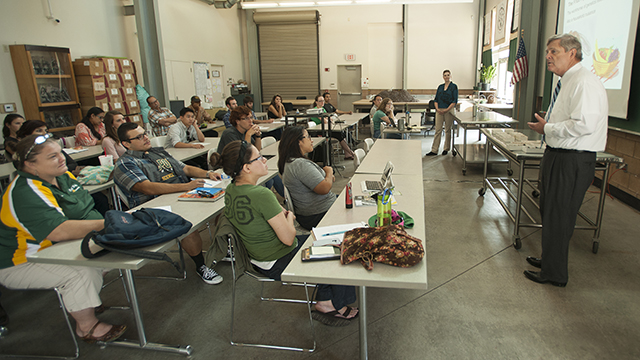Publicity
State employees donate 13 tons in Turkey Drop, Set record at Sacramento Food Bank
By: Monique Bienvenue; California Ag Today Social Media Manager/Reporter
A partnership between California state employees and the Sacramento Food Bank has helped produce a record number of turkey donations via the 2014 Turkey Drop. The food bank accepted more than 9,300 turkeys for needy families in the Turkey Drop, with 1,760 of them–more than 26,000 pounds (13 tons!)–provided by state employees.
The Turkey Drop is one element in the ongoing State Employees Food Drive. Other ways to contribute include a rice donation program and a continuing effort to collect canned food and other items. State offices throughout the region have staged colorful bins to make donations easy.
The Sacramento Food Bank is Sacramento County’s largest direct food bank provider feeding approximately 40,000 food-insecure individuals a month, including 15,000 children and 8,000 senior citizens. In 2013, the food bank distributed over 6.5 million pounds of food, including 2 million pounds of fresh California-grown fruits and vegetables.
December is Farm to Food Bank Month . Help increase farm to food bank donations to 200 million pounds annually by making a product donation or future donation pledge today – contact Steve Linkhart, California Association of Food Bank at (510) 350-9916.




















